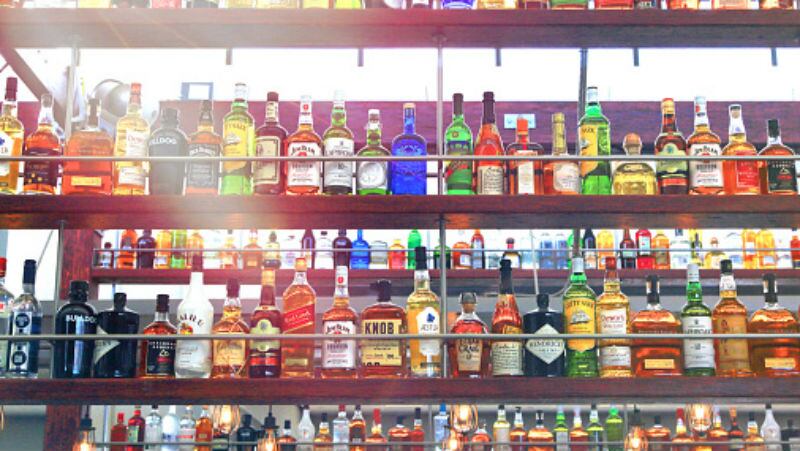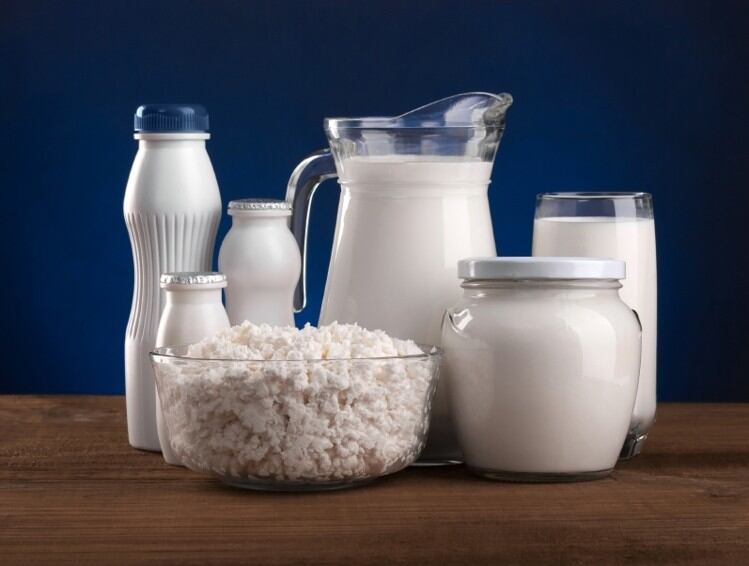The Food Safety and Standards Authority of India (FSSAI) has implemented the mandatory attachment of warning labels to all alcoholic beverages from April 1.
The alcohol warning labels were announced last year on March 19, and all manufacturers were initially allowed a year’s grace period to make the required transitions.
Two compulsory warning messages must be included on the labels, which are ‘Consumption Of Alcohol Is Injurious To Health’ and ‘Be Safe – Don’t Drink and Drive’.
Initially, the font size of the warning was fixed at 3mm for all alcoholic beverages, but this has been changed to 1.5mm for alcoholic beverages up to 200ml, and remained at 3mm for those above 200ml.
“[During the one-year transition period], various stakeholders brought up challenges in complying with [the original font requirements],” said Parveen Jargar, FSSAI Joint Director (Regulatory Compliance).
“The issue was discussed in the 13th meeting of Scientific Panel on Water and Beverages, [which after] detailed deliberations recommended [the new font sizes].”
FSSAI added that the displayed warning could be printed in either English or the local/regional language. Where the latter is used, it is ‘not required to also print the warning in English’.
These warning labels fall under the jurisdiction of the country’s Food Safety and Standards (Alcoholic Beverages Standards) Regulations 2018.
FSSAI also stated that the use of old unused labels and printed cans will be allowed for a further six months after April 1 2019, whereas alcoholic beverages manufactured prior to this date can still be sold in the market up to March 31 2020.
Other alcohol warning labelling regulations in the region
India is not the first country in the Asia Pacific region to implement such labelling regulations with regard to alcohol.
In November last year, Australia passed a mandatory labelling standard for alcohol that targeted pregnant women, tasking FSANZ to develop what will effectively be a pregnancy warning label for alcohol.
The Australia and New Zealand Ministerial Forum on Food Regulation stated that: “[Based] on the evidence, a mandatory labelling standard for pregnancy warning labels on packaged alcoholic beverages should be developed and should include a pictogram and relevant warning statement.
“The Forum has requested that FSANZ develop this mandatory labelling standard as a priority and that the work be completed expeditiously.”
Thailand also has strict alcohol advertising and labelling rules in place, and all alcoholic products are also required to include one of five permitted warning messages which relate to alcohol causing either physical health issues or socioeconomic damage.
According to Thailand’s Alcoholic Beverage Control Act: ‘No person shall advertise or display, directly or indirectly, name or trademark of alcoholic beverage in a manner that showing properties thereof or inducing other person to drink’.
Taiwan also has such regulations, which require alcoholic beverage manufacturers to attach warnings such as ‘Excessive consumption of alcohol is harmful to health’ to alcoholic products.
According to the country’s Tobacco and Alcohol Management Division, these labels must be at least 2.65mm in font size, placed ‘conspicuously on the container’s largest external surface’, and be on a contrasting background for ‘ready legibility’.
Yeast content for craft beers
Despite the implementation of the Food Safety and Standards (Alcoholic Beverages Standards) Regulations 2018 on April 1 regulating yeast content in alcohol-brewing, FSSAI has made a provision for craft breweries, allowing these to continue making beers with a higher yeast content.
Previously, the yeast content in regular beer or lager was set at zero, whereas draught beers were to have at most 40 CFU (colony-forming units).
Craft beers could contain as many as three million CFU, but were not separated from these previously, causing a stir in the industry.





